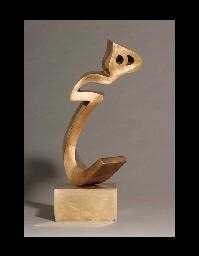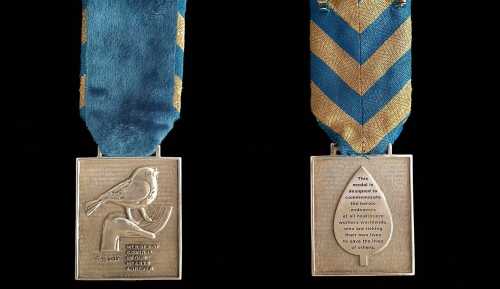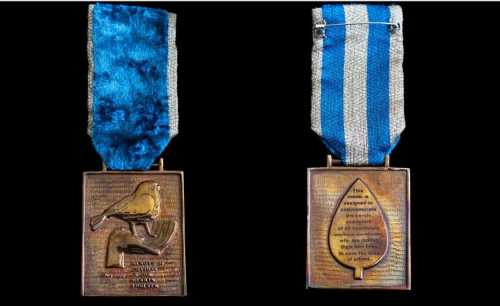- Standing Heech (Nothing) 2005
- Bronze
- Sculpture
- 106 cm
- Editions: 6
- Edition No. 3
- signed in English and numbered (on the base)
Artwork Description
Composed of three letters in Persian language, the single word heech means "nothing". It reflects the feelings of unworthiness, frustration and ineffectiveness which haunt modern man and permeate so much of the writing of contemporary literature. It also renders in a single word the mystical belief that recognizes that God is permanent, while everything else has no true substance, bound to vanish; the other seeks dissolution of the individual personality to find union with the Godhead. Many of the monster-like creatures, powerful as they seem, carry this heech symbol as the verdict of final condemnation. In other sculptures, the heech falls tired from a low square table, or appears half in, half out, of cage; imprisonment of man's feeble self stands as yet another symbol of his powerlessness.
As attested by Tanavoli: "'nothing' is an aspect of God who is in all things and therefore in everything. The 'nothing' is not God, but is a place where God could be in his purest state." This clearly refers to Sufism, and its greatest exponent Rumi, that is widely reflected in Persian poetry; the love for a human being stands for the love for God, the beloved is God himself, and the beloved's beauty is a reflection of the beauty of God. Thus, both the poem and the sculpture can express the presence of God through the same means, that is, the metaphor. In case of the poem, it is the beloved that is a metaphor for God, in the case of the sculpture, it is the heech.
Tanavoli's use of the heech underscores the transforming power of his art. In the West, existentialist convention prods us to read "nothingness" as a synonym for despair; but the heech in Tanavoli's work is more nearly synonymous with creativity itself: it is the void filled by the artist's imagination, the "nothing" that through his shaping hand becomes "something". Mysticism enhances Tanavoli's fascination with the heech, but, as he himself acknowledges, he was also drawn to its calligraphic shape because of its resemblance to the human body. If the word itself suggests melancholy, Tanavoli's heech sculptures are joyful works. They stand, sit or recline as sensuously eloquent reminders of the plastic nature of Persian calligraphy. Often they have a whimsical, questioning look, and though sometimes shown inside cage, they seem at home there, not trapped or locked away; often, indeed, they are escaping the cage, poised in joyous, lyric flight.
As attested by Tanavoli: "'nothing' is an aspect of God who is in all things and therefore in everything. The 'nothing' is not God, but is a place where God could be in his purest state." This clearly refers to Sufism, and its greatest exponent Rumi, that is widely reflected in Persian poetry; the love for a human being stands for the love for God, the beloved is God himself, and the beloved's beauty is a reflection of the beauty of God. Thus, both the poem and the sculpture can express the presence of God through the same means, that is, the metaphor. In case of the poem, it is the beloved that is a metaphor for God, in the case of the sculpture, it is the heech.
Tanavoli's use of the heech underscores the transforming power of his art. In the West, existentialist convention prods us to read "nothingness" as a synonym for despair; but the heech in Tanavoli's work is more nearly synonymous with creativity itself: it is the void filled by the artist's imagination, the "nothing" that through his shaping hand becomes "something". Mysticism enhances Tanavoli's fascination with the heech, but, as he himself acknowledges, he was also drawn to its calligraphic shape because of its resemblance to the human body. If the word itself suggests melancholy, Tanavoli's heech sculptures are joyful works. They stand, sit or recline as sensuously eloquent reminders of the plastic nature of Persian calligraphy. Often they have a whimsical, questioning look, and though sometimes shown inside cage, they seem at home there, not trapped or locked away; often, indeed, they are escaping the cage, poised in joyous, lyric flight.
More lots by Parviz Tanavoli
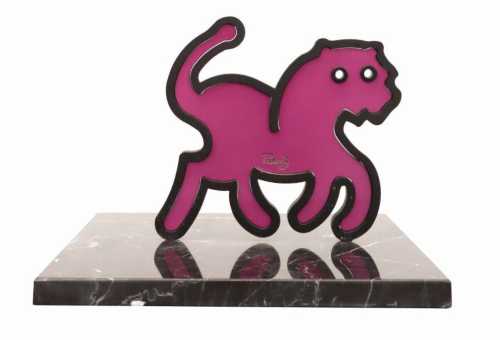
Untitled
Estimation
1,500,000,000﷼
2,481 USD
-
2,000,000,000﷼
3,309 USD
Realized Price
1,400,000,000﷼
2,316 USD
20%
Sell at
Sale Date
Smart Auction
-
2 August 2024
Realized Price
128,001 USD
Min Estimate
68,579 USD
Max Estimate
96,026 USD
Average Artwork Worth
+74.318%
Average Growth of Artwork Worth
Sales Performance Against Estimates
Average & Median Sold Lot Value
2021 - 2025
Performance vs. Estimate
2021 - 2025
Sell-through Rate
2021 - 2025
Similar Artworks
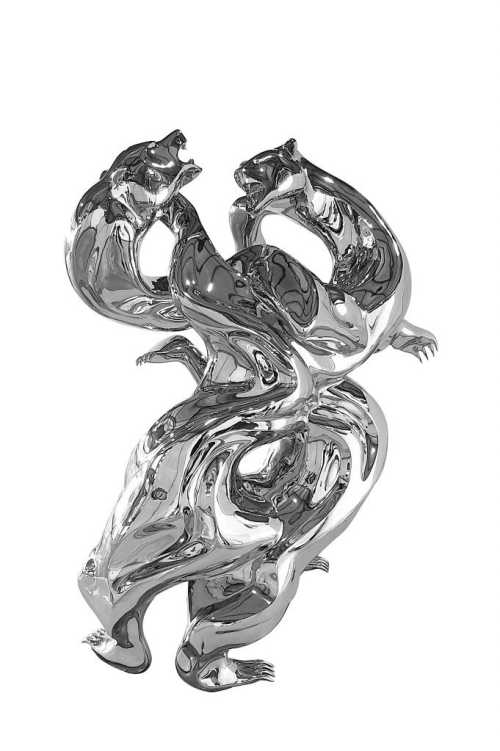
Conflictus III
Estimation
£40,000
50,352 USD
-
£60,000
75,528 USD
Realized Price
£76,200
95,920 USD
52.4%
Sell at
Sale Date
Phillips Auction
-
6 December 2023
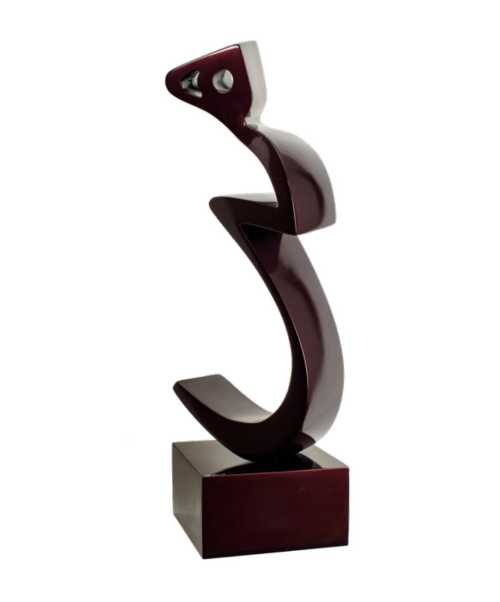
Standing Heech
Estimation
50,000,000,000﷼
100,000 USD
-
60,000,000,000﷼
120,000 USD
Realized Price
55,000,000,000﷼
110,000 USD
0%
Sale Date
Tehran
-
24 January 2024
